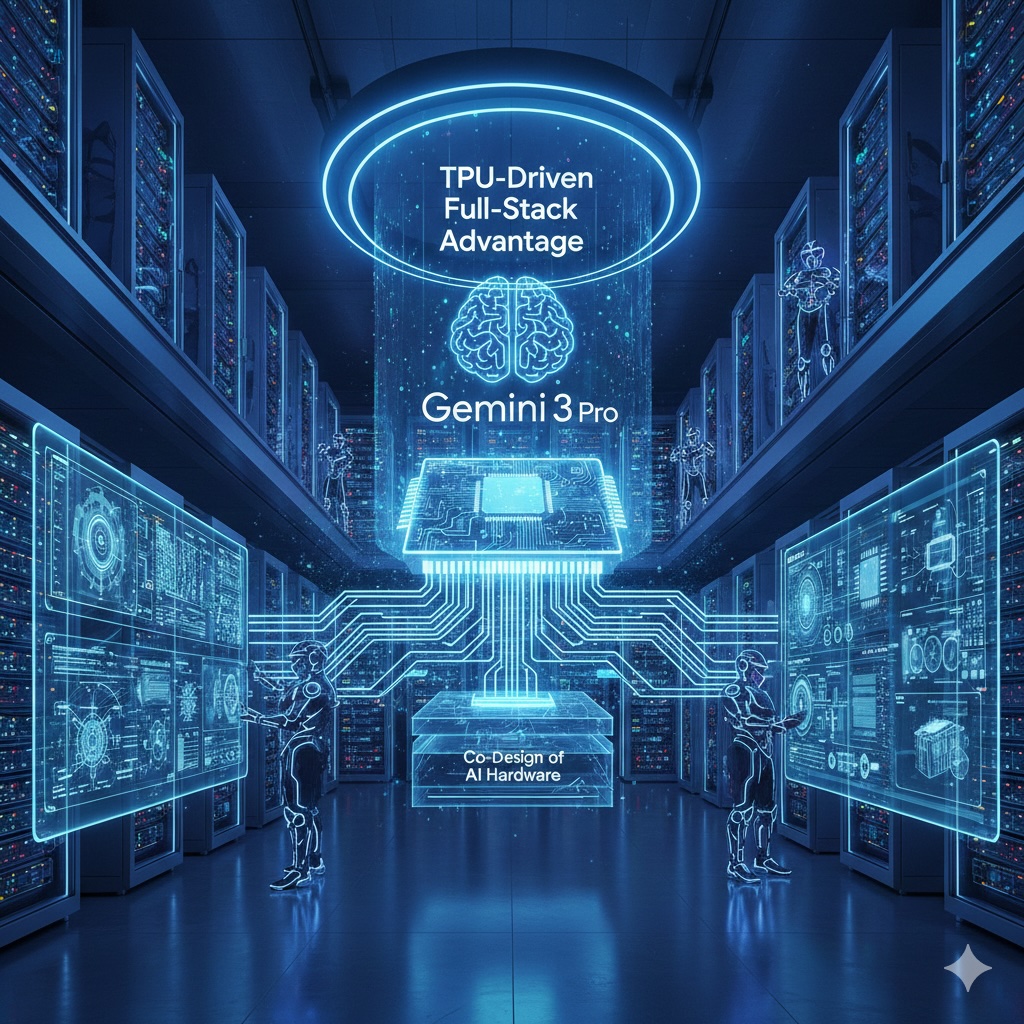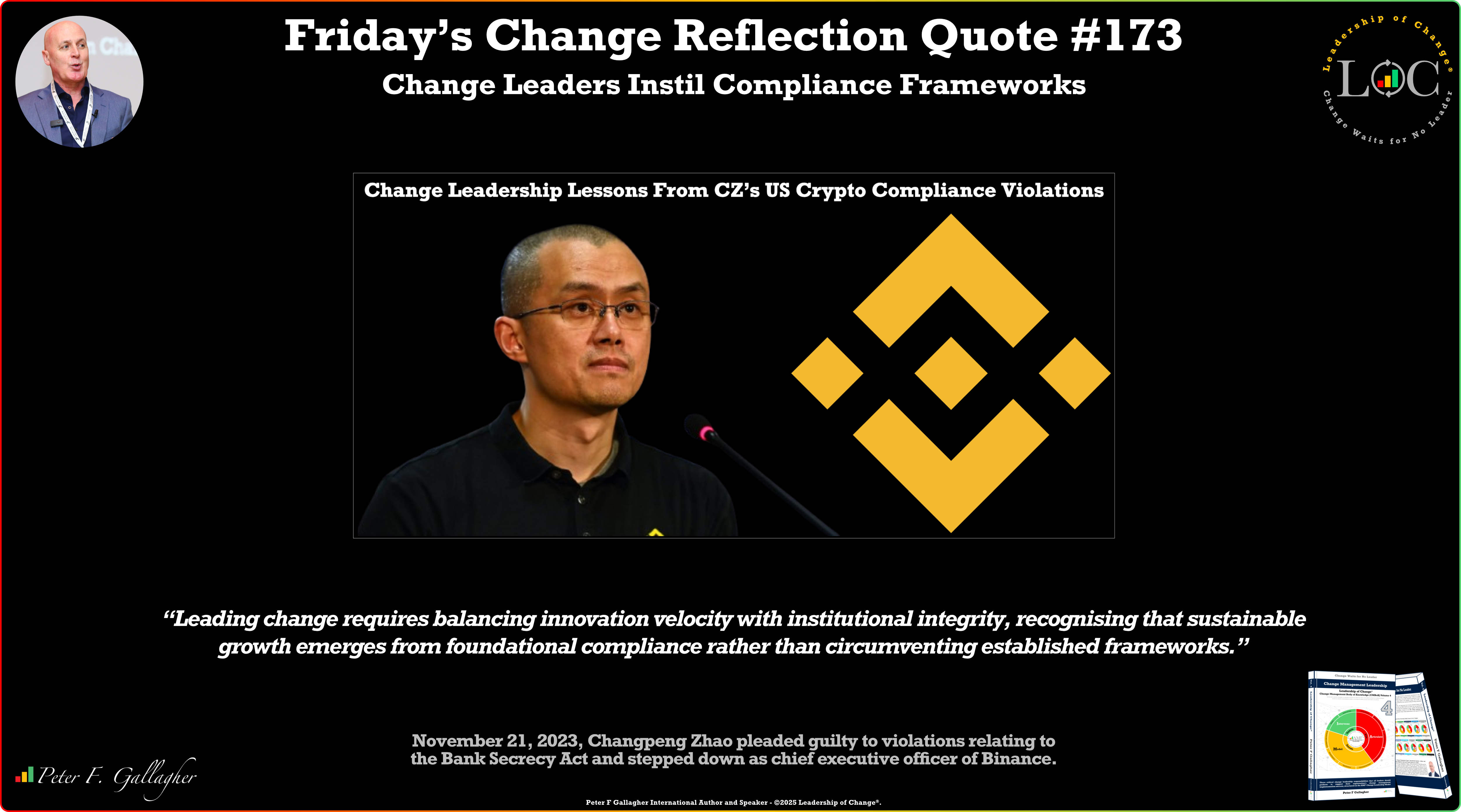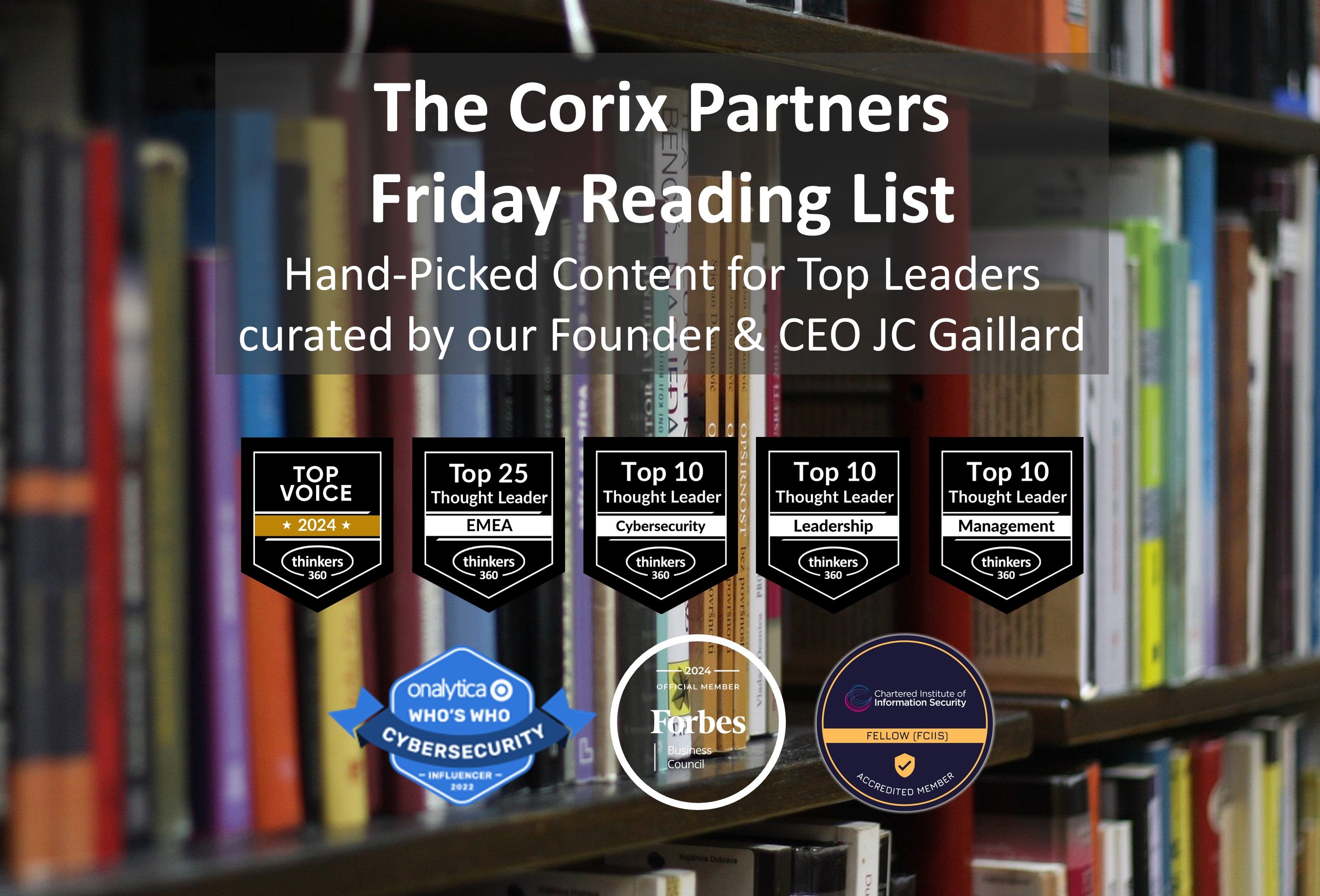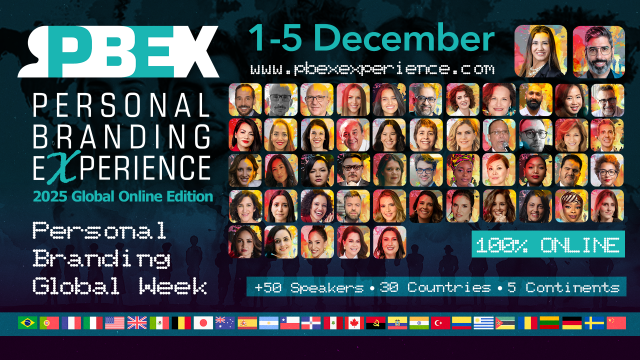Mar31

Strategy is often seen as a static roadmap, but in reality, it is a continuous learning process. The best organizations don’t expect their plans to stay fixed. They move forward by learning and discovering new ways to improve business performance. In practice, no one implements a plan without expecting it to change. Although many agile practices have become faddish, it has one principle that remains relevant today: It’s naïve to expect the world to stay still while you write up a plan.
Having a fixed plan is wishful thinking. Top innovators will know that, by the time they finish writing a plan, the variables will have changed. To use a sports analogy, strategy can be considered the gameplay. Like any competitive sport, that gameplay evolves as the team gain new insights, tests ideas, and adapts to unexpected moves from the opposition.
Traditional strategy still conjures images of boardroom meetings, long-term plans, and rigid frameworks. Companies that cling to outdated processes risk irrelevance in fast-moving industries and will see their favorite tools become obsolete. The classic red, yellow and green risk chart doesn’t seem to respond well to the changes in AI capability. How would they assess the impact of AI, if we are unsure of its capabilities? Should Agentic AI be medium or high risk? How will they assess the risk of LLMs when it never existed in their industry? In such cases, strategy should not be a fixed blueprint but instead a dynamic process of discovery and refinement.
A strategy around ‘discovery and refinement’ is still very intentional. For example, some companies launch pilot programs or prototypes to test market responses before committing to full-scale implementation. Others prefer iterative processes, where small teams experiment with different solutions, gather user feedback, and adjust their products. Maintaining this cycle of discovery and refinement is also called organizational learning.
Senge’s learning organization emphasizes five traits that companies should cultivate and where continuous learning is embedded into the culture.
Effective leaders understand that strategy is not a one-time event but a continuous journey of learning and adaptation. The smartest strategy is the one that keeps evolving. As business environments grow increasingly complex, the ability to learn faster than competitors will define the winners.
Keywords: Innovation, Management, Leadership
 The TPU-Driven Full-Stack Advantage: Gemini 3 Pro and the Co-Design of AI Hardware
The TPU-Driven Full-Stack Advantage: Gemini 3 Pro and the Co-Design of AI Hardware Why Scope 3 Data Starts in the Dark - and How Food Brands Are Showing the Way Out
Why Scope 3 Data Starts in the Dark - and How Food Brands Are Showing the Way Out Friday’s Change Reflection Quote - Leadership of Change - Change Leaders Instil Compliance Frameworks
Friday’s Change Reflection Quote - Leadership of Change - Change Leaders Instil Compliance Frameworks The Corix Partners Friday Reading List - November 21, 2025
The Corix Partners Friday Reading List - November 21, 2025 From Follower to Reference: Transform Your Personal Brand Into a Consistent Business
From Follower to Reference: Transform Your Personal Brand Into a Consistent Business